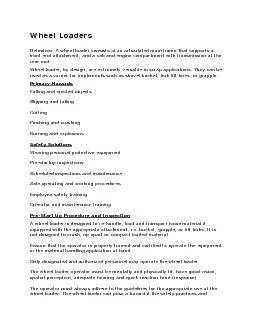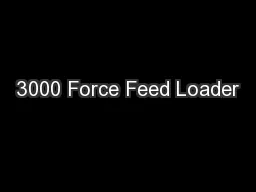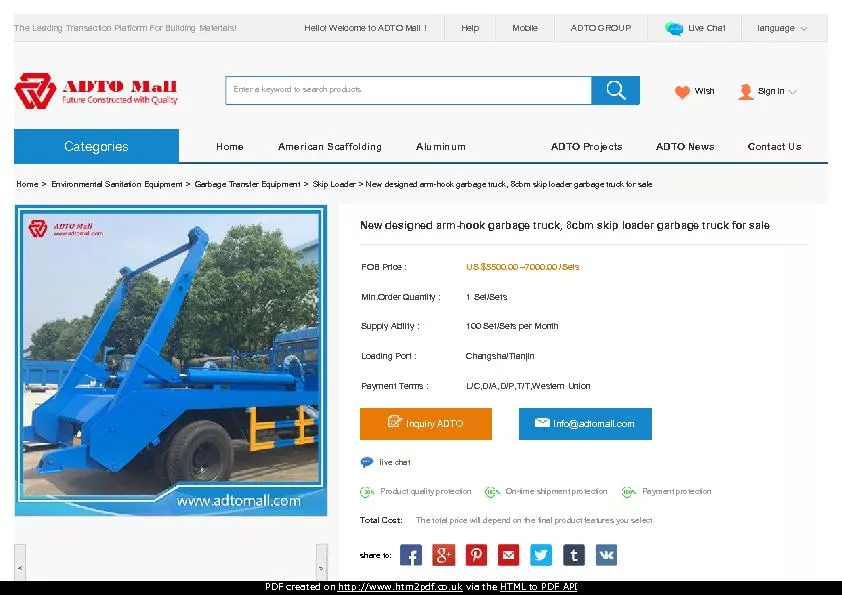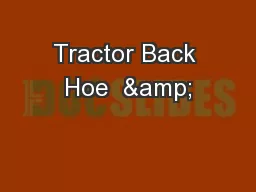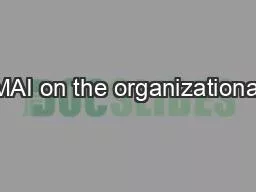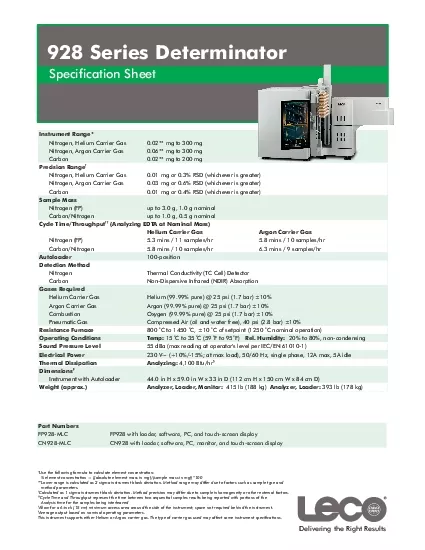PDF-Wheel LoadersDefinition: A wheel loader consists of an articulated mai
Author : alexa-scheidler | Published Date : 2015-08-27
Primary Hazards Safety Solutions Start Up Procedure and Inspection A wheel loader is designed to handle load and transport loose material if instructions outlined
Presentation Embed Code
Download Presentation
Download Presentation The PPT/PDF document "Wheel LoadersDefinition: A wheel loader ..." is the property of its rightful owner. Permission is granted to download and print the materials on this website for personal, non-commercial use only, and to display it on your personal computer provided you do not modify the materials and that you retain all copyright notices contained in the materials. By downloading content from our website, you accept the terms of this agreement.
Wheel LoadersDefinition: A wheel loader consists of an articulated mai: Transcript
Download Rules Of Document
"Wheel LoadersDefinition: A wheel loader consists of an articulated mai"The content belongs to its owner. You may download and print it for personal use, without modification, and keep all copyright notices. By downloading, you agree to these terms.
Related Documents

